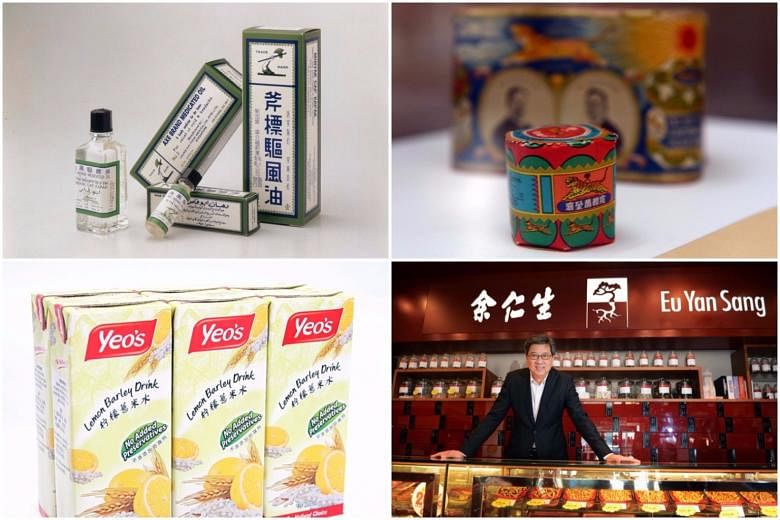SINGAPORE (THE BUSINESS TIMES) - Even though Singapore has just celebrated its 52nd birthday, many of its home-grown companies have been in existence for much longer, with several being twice as old as its home country.
Many of these firms have survived world wars, financial crises and disruptions in their respective industries to become a part of our everyday lives.
The Business Times spoke to some of these firms to find out how they have changed with the times to become what they are today.
1. Eu Yan Sang International Ltd
1879
Eu Kong left Guangdong, China, for Malaya and converted an opium den to Yan Sang medical hall.
1900s
Eu Kong's son, Eu Tong Sen, built a business empire which included a traditional Chinese medicine (TCM) business, a tin and rubber business, trans-regional remittance, banking and finance.
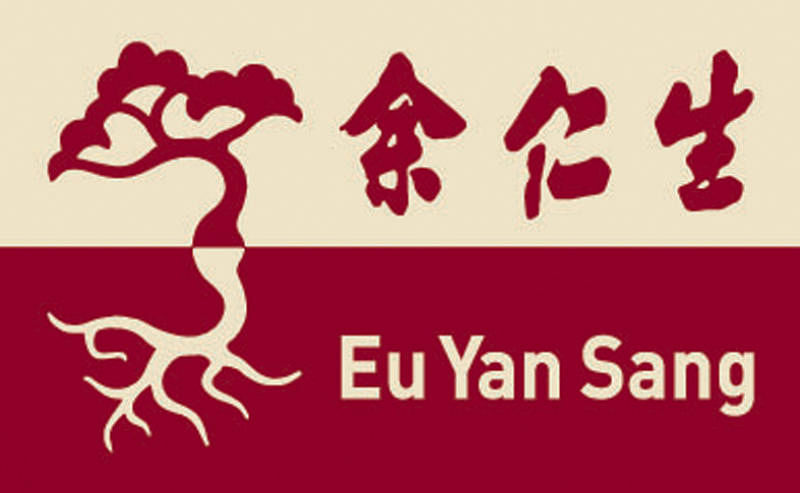
1989
The TCM business was the only business entity left from Eu Tong Sen's business portfolio. The business was small, with one outlet in Singapore, five in Malaysia, and two in Hong Kong.
2001
Eu Yan Sang continued growing its business and established its first TCM clinic.
Today, Eu Yan Sang has 190 retail outlets in Singapore, Malaysia and China (including Hong Kong and Macau), and 57 outlets in Australia under its associate company. It also exports to the US, New Zealand, Canada and Indonesia.
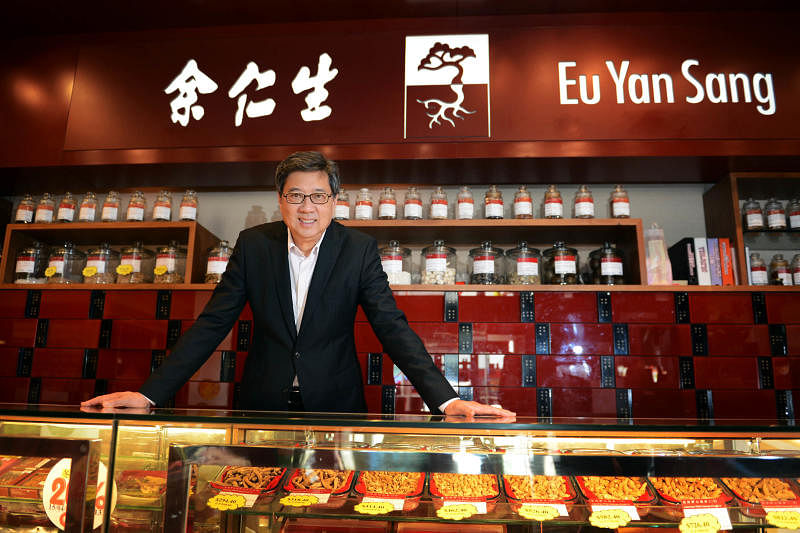
2. Leung Kai Fook Medical
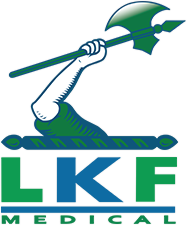
1928
Leung Kai Fook's founder Leung Yun Chee, emigrated from China to Singapore and met German physician, Dr Schmeidler, who gave him a recipe for a medicated oil. Mr Leung marketed and sold his newly made cure-all as Axe Brand Universal Oil.
1930s
Before World War II, he drove around different parts of Malaya and Singapore to sell Axe Oil to medical halls and provision shops.
1960s
He began to export Axe Oil to Indonesia, which was its third market.
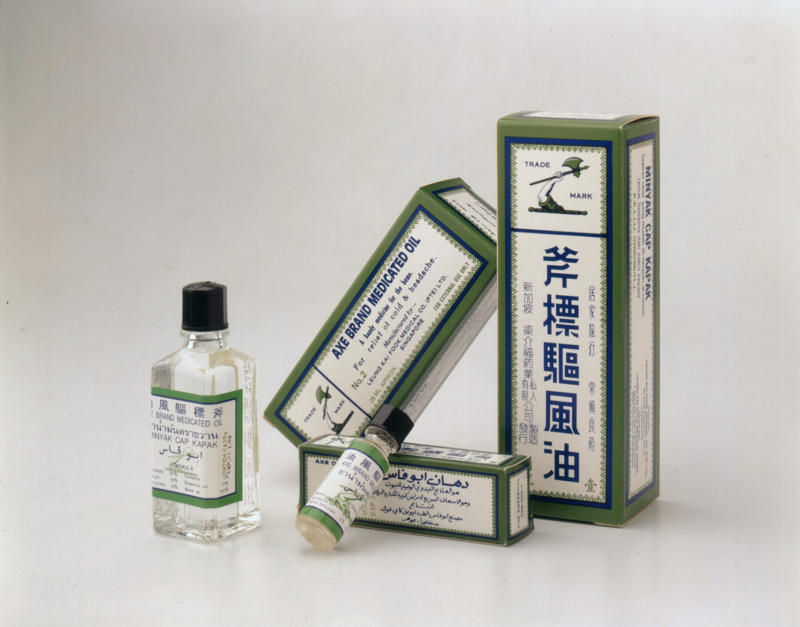
2003
LKF Medical appointed a distribution agent to export its Axe Oil to the United States.
Today, LKF Medical exports directly to 28 countries, the latest being Nepal.
3. Haw Par Corporation Ltd
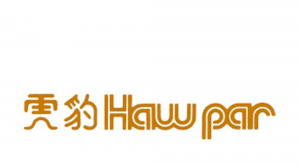
1870s
Aw Chu Kin, father of brothers Boon Haw and Boon Par, set up his physician practice and apothecary shop, Eng Aun Tong, in Myanmar. He is credited with concocting the Tiger Balm formula.
1926
Aw Boon Haw moved Eng Aun Tong's headquarters to Singapore.
1969
The company was listed on the stock exchanges of Malaysia and Singapore as Haw Par Brothers International Ltd.
1975
The company nearly collapsed due to irregularities in the accounts, as British investment group Slater Walker took control.
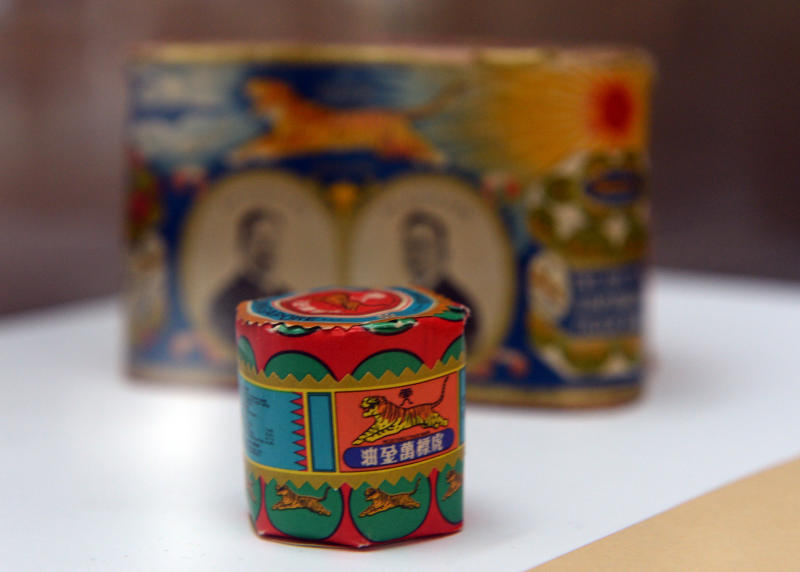
1981
UOB, headed by Wee Cho Yaw, took control of Haw Par, and it became an associate company of the UOB group. Under Mr Wee, Haw Par established distribution networks in Europe and America.
1997
Haw Par Brothers International Ltd was renamed Haw Par Corporation Ltd. Today, the company has two operating businesses: healthcare and leisure, and investments in securities and properties.
4. Yeo Hiap Seng Ltd

1901
Hiap Seng Sauce Factory was founded in China by Yeo Keng Lian as a partnership business. It was renamed Yeo Hiap Seng Sauce Factory two years later when his partner pulled out.
1938
Yeo Hiap Seng Sauce Factory began operations in Singapore.
1960s
The company globalised the Yeo's brand by exporting canned food products to other markets such as Brunei, the Philippines, Hong Kong, the US and Europe.
1967
Yeo Hiap Seng was the first to put soya bean milk in disposable paper containers called tetra paks.
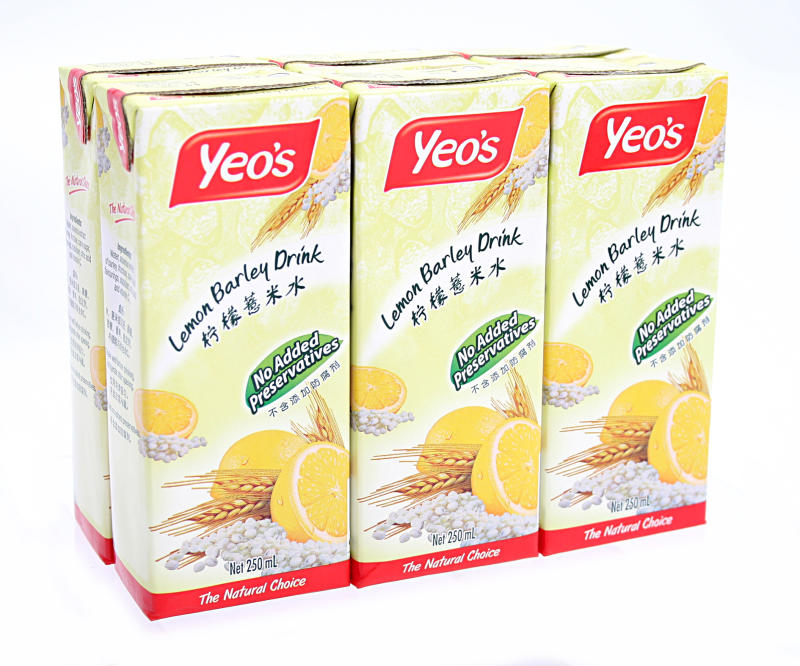
1969
The company was listed on the Singapore Exchange as Yeo Hiap Seng Canning and Sauce Factory Pte Ltd.
1995
Far East Organization acquired a majority stake in Yeo Hiap Seng.
5. Drew & Napier LLC

1859
John Simons Atchison, whose legal practice was the forerunner to Drew & Napier, arrived in Singapore.
1889
Alfred Henry Drew, who partnered Mr Atchison's successor Isaac Swinburne Bond, subsequently partnered Sir Walter John Napier after Mr Bond retired. Mr Drew and Sir Walter together formed Drew & Napier.
2005
The firm acted for the Singapore Press Holdings in the National Kidney Foundation dispute.
2014
It acted for a consortium in a S$512-million acquisition of Prudential Tower, one of the largest commercial deals of that year.
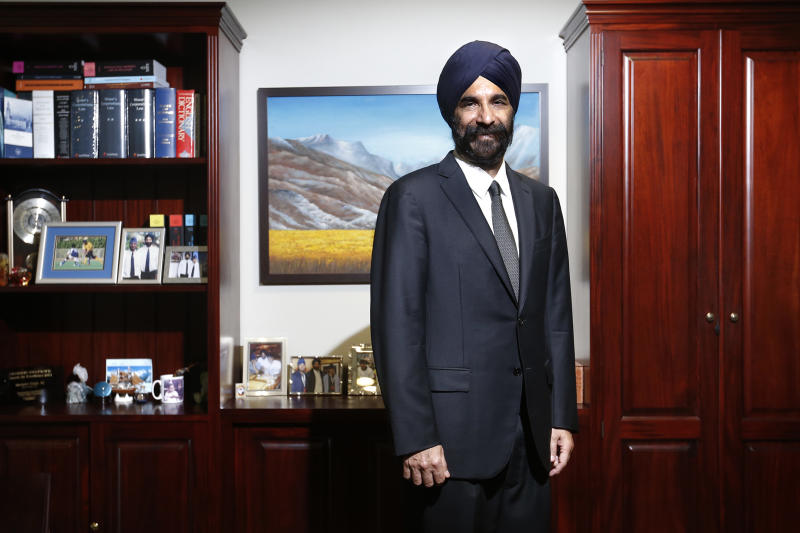
2015
Drew & Napier's Davinder Singh SC acted for the Prime Minister of Singapore in defamation actions.
2017
Drew & Napier was named South East Asia Law Firm of the Year by Asian Legal Business.
6. Braddell Brothers LLP

1883
Braddell Brothers was founded by the two sons of Singapore's first Attorney-General, Sir Thomas Braddell.
1951
The third and last generation of the Braddells who practised at the firm, Dato Sir Roland St John Braddell, left Singapore.
1965
Braddell Brothers represented the accused in the Sunny Ang murder case. He was found guilty of murdering his girlfriend, Jenny Cheok Cheng Kid.
2009
The firm underwent a reboot by current equity partners, Edmund Kronenburg and Tan Kok Peng. The firm is now a disputes "boutique" focusing on complex commercial and corporate litigation and arbitration in Singapore and the region, and medical negligence and misconduct. It has 13 lawyers.

2013
Edmund Kronenburg and Lye Huixian (instructing Toby Landau QC) acted for Lippo's First Media in blocking the enforcement of a US$250-million arbitral award made in favour of Astro, reducing the enforceable amount to US$700,000.
7. Boustead Singapore Ltd
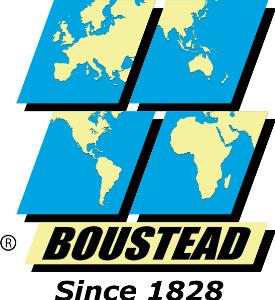
1828
Edward Boustead founded Boustead & Co. It traded tropical commodities such as spices, seeds, resins, medicinal herbs and oils. The company later diversified into the rubber and tin industry.
1960
It split into Boustead Plc in London, and Boustead Holdings Bhd for its Asian assets.
1975
Bousteadco Singapore Ltd was formed after it split from Boustead Holdings Bhd and merged with Boustead Australia Pte Ltd. It subsequently listed on the Singapore Exchange.
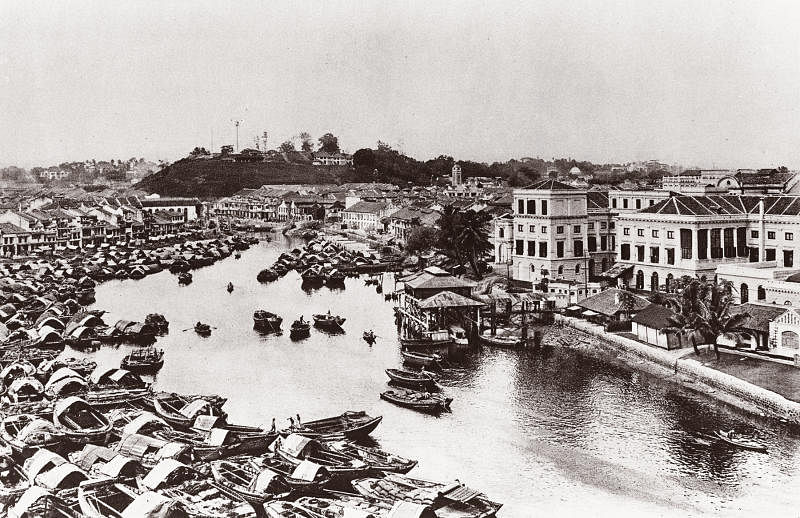
1993
Jack Chia-MPH Ltd took over Bousteadco Singapore Limited.
1996
Current chairman and group CEO Wong Fong Fui purchased the controlling shareholder stake and took over the company, subsequently started its three divisions focusing on energy solutions, industrial real estate and geo-spatial technology.
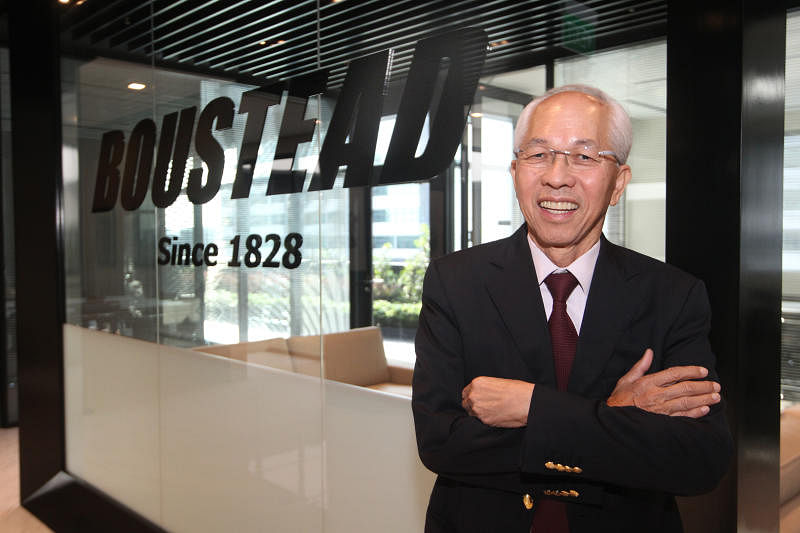
8. Greatearth Pte Ltd
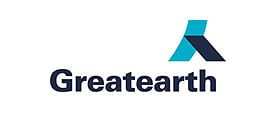
1912
United Engineers Ltd (UEL) was founded when two British engineering firms, Riley Hargreaves & Co Ltd and Howarth Erskine & Co Ltd, merged.
1966
UG M&E Pte Ltd, Greatearth group's current engineering subsidiary, was established by UEL.
1981
Greatearth Construction, Greatearth group's construction subsidiary, was founded.
1990
Greatearth Construction was acquired by UEL.
2011
UEL spun off its mechanical and electrical engineering, construction and other related businesses and listed them on the Singapore Exchange as UE E&C Ltd.
2015
The group privatised and delisted it from SGX. It rebranded and renamed itself Greatearth, focusing on its core business of property development, engineering and construction.
9. CYC Company Pte Ltd
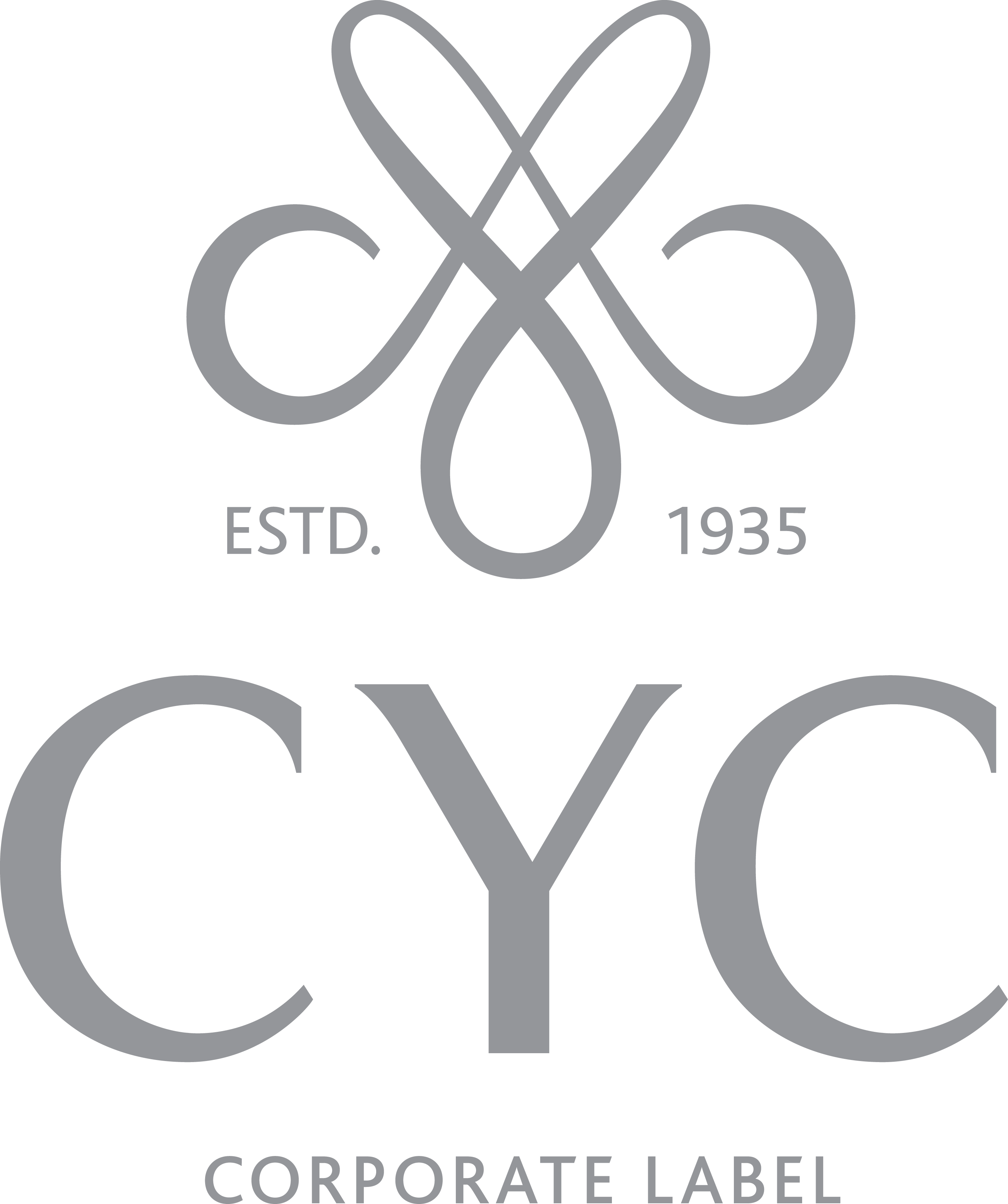
1935
Chiang Yick Ching and his wife, Foo Ah Neok, arrived in Singapore and founded CYC Shanghai Shirt Co. They opened their Selegie Road shop in 1945.
1994
CYC Shanghai Shirt Co was rebranded as CYC The Custom Shop, focusing on custom-made tailoring.
1992
Current managing director Fong Loo Fern took over the business.
1997
The Asian financial crisis of 1997 caused the company to become unprofitable, and it became profitable again only in 1999.

2009
When e-commerce took off globally, CYC started an online retail platform to take its products into other markets. It has customers all over the world, from Asia, Europe and the United States.
